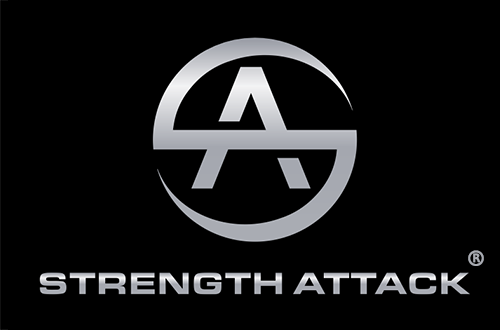The human body is made to be able to respond to different levels of pressure. This can be viewed as a survival strategy.
The body can change and get stronger in response to what it is asked to do.
Exercise, what you eat, and how much sleep you get are just a few of the ways that the human body changes and adapts to different levels of stress. These adaptations are critical for maintaining health and wellness at all stages of life.
Exercise, nutrition, and sleep are the three most important adaptations. 1.Exercise is essential for good health because it benefits both the mind and the body
2. Nutrition provides your body with the nutrients it requires to function properly. To stay healthy, eat a well-balanced diet rich in protein, carbohydrates, and fat.
3. Sleep is required for proper brain and body functioning, as well as to keep the metabolism running smoothly so that you feel alert and energized throughout the day.
One of the most important habits for a healthy lifestyle is sleeping. Research has linked not getting enough sleep to a number of health problems, such as high blood pressure, depression, and being overweight. See the complete article on sleep:
Do you work out frequently and eat healthily, but you’re still not getting the results you want?
One of the missing links might be Specific Adaptation to Imposed Demands (S.A.I.D.). In other words, you may be doing too much (yes, you can exercise too much!) or too little physical activity, or you may be eating the wrong kinds of food at the wrong time of day. All of this activity (or lack thereof) will simply cause you to “spin your wheels,” and extreme exercising and eating (either too much or too little) are both highly counterproductive to achieving your health, fitness, and performance goals.
What is S.A.I.D?
This concept is heavily used in the field of strength and conditioning when training athletes and can be defined by how your mind and body adapt to physical training/exercise, eating, rest, and recovery.
To better understand S.A.I.D., it is useful to break it down into its components, taking into account both the positive and negative impacts and effects of S.A.I.D. on your body, as follows: Positive: improved cardiovascular system health through increased strength, power, and endurance. Negative: low bone density, increased risk of injury or overuse syndromes.
6 Best Practices for S.A.I.D.
1. Make realistic goals by taking into account your genetics, lifestyle, time commitment, and how much you are willing to invest (in terms of time and commitment) to achieve your goals.
2. One of the most common reasons people set goals but fail to achieve them is because they have unrealistic expectations. They may set a goal of losing 10 pounds in a week or becoming an Olympic medalist in a year, but they do not consider their genetics or other factors such as their lifestyle or how much time, money, and ability they are willing to invest.
3. Combine progressive strength training with other types of training if you want to shape your body for looks.
4. If you want to improve your health and fitness as a whole, combine cardiorespiratory (CV) and functional (functional) training to help you with a variety of activities of daily living (ADL). such as carrying groceries, navigating stairs, hiking, and performing daily tasks
5. Adopt a diet that is healthy and clean for your fitness goals. In other words, if you want to run a marathon, you must eat, train, rest, (and think!) like a marathon runner. If you are an athlete who requires a strong base of body strength, it is best to follow the training and eating protocols of corresponding athletes and incorporate similar strategies. In the end, your eating plan should be made to fit your fitness goals, no matter what kind of physical activity you like to do.
6. Above all, and most importantly, if you are looking for strength, power, speed, agility, CV fitness, stability, and flexibility, you must understand that nothing will happen overnight. Accept that it will take time for your mind and body to adjust to your training, and that you won’t be able to move on to other activities that require more speed, agility, and power without this stability.
S.A.I.D. – 4 Things to Avoid:
- DO NOT OVER-OR UNDER-TRAIN! While only 1 – 2 hours of training per week will not allow you to achieve the body shape, level of fitness, or athletic performance of professionals. If you are not the equivalent of a professional athlete, it is also not appropriate for you to train multiple times a day, 5-6 days a week for a set period of time. You must find your own path and ideal balance for achieving YOUR goals, not those of others or those set unrealistically high for you by yourself or others.

